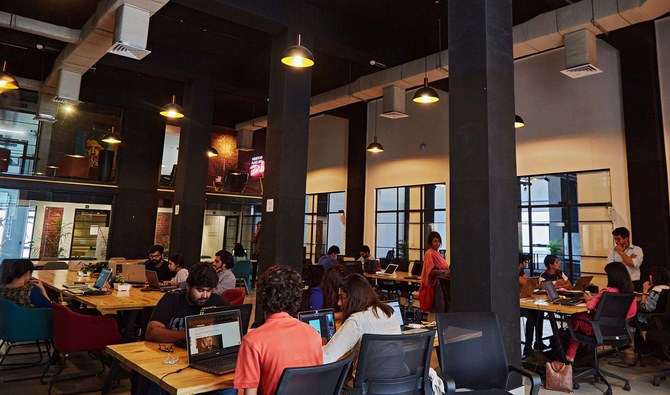WASHINGTON: Nearly 950,000 workers have been laid off across the United States (US) this year, the highest total since the pandemic era, according to a recent report by the outplacement firm Challenger, Gray & Christmas.
The firm warned that the total is on track to reach one million job cuts before the end of 2025, intensifying uncertainty for new graduates, especially foreign students whose stay in the US depends on employment authorization.
The steepest losses are in the technology sector. Major firms, including Amazon, Microsoft, and Intel, have collectively eliminated more than 170,000 jobs this year, the report said.
“The often-used term ‘learn to code’ is a crueler reminder of a career choice than a phrase of encouragement,” Syed Murtaza Hussain, a recent computer science graduate from the University of Texas at Austin, told Pakistan TV Digital.
Hussain, who is originally from Lahore and holds an F-1 student visa, said the collapse in hiring has altered expectations dramatically. “Everything has changed, especially how the foreign students envisioned their future,” he said. His visa expires in three months.
Despite offering some of the highest starting salaries in the US labor market, about $80,000 a year for new graduates, tech has become increasingly inaccessible to entry-level workers. Companies are relying more heavily on generative AI systems to perform work once assigned to junior programmers.
“I had to restructure my company,” said Dale Steen, CEO of a tech firm based in the Bay Area.
“Why should I pay anyone for the services I am getting at a much cheaper rate?” Steen said that sponsoring work visas for new graduates is “almost out of the question.”
Recent labor data from the Federal Reserve Bank of New York shows that computer science graduates now face a 6.1% unemployment rate, more than double the rate for students who majored in philosophy.
Enrollment, however, continues to surge.
More than 680,000 students were enrolled in computer science programs across the US. last year, including approximately 278,000 international students. Pakistan sent nearly 11,000 students to US universities during the same period, and more than half pursued science and technology degrees, according to the US State Department.
Hussain said he spent more than $130,000 completing his degree. “I thought it was worth it, that I would earn it back in a year’s time. But I have failed to land a decent entry-level job so far,” he said. He now works at a fast-food restaurant while applying for positions and trying to expand his professional network.
Industry hiring has also shifted. “Fresh graduates lack the expertise that is now required by the industry,” said Mansoor Qureshi, head of a staffing firm in Virginia. “Companies are replacing basic roles with automated systems, and that gap is expanding.”
Steen said that while companies no longer need entry-level workers, they desperately need senior engineers and decision-makers. “Who will replace them when the current professionals retire?” he asked. “We have cut off the ladder that leads to expertise.”
To address that gap, Qureshi has launched an internship and certification program backed by the state of Virginia, designed to help new graduates gain hands-on experience. But he acknowledged that foreign students may not have enough time under their visas to benefit.
“I find it disheartening, but I am still trying,” Hussain said.

.jpg)
.jpg)
.jpg)
.jpg)

